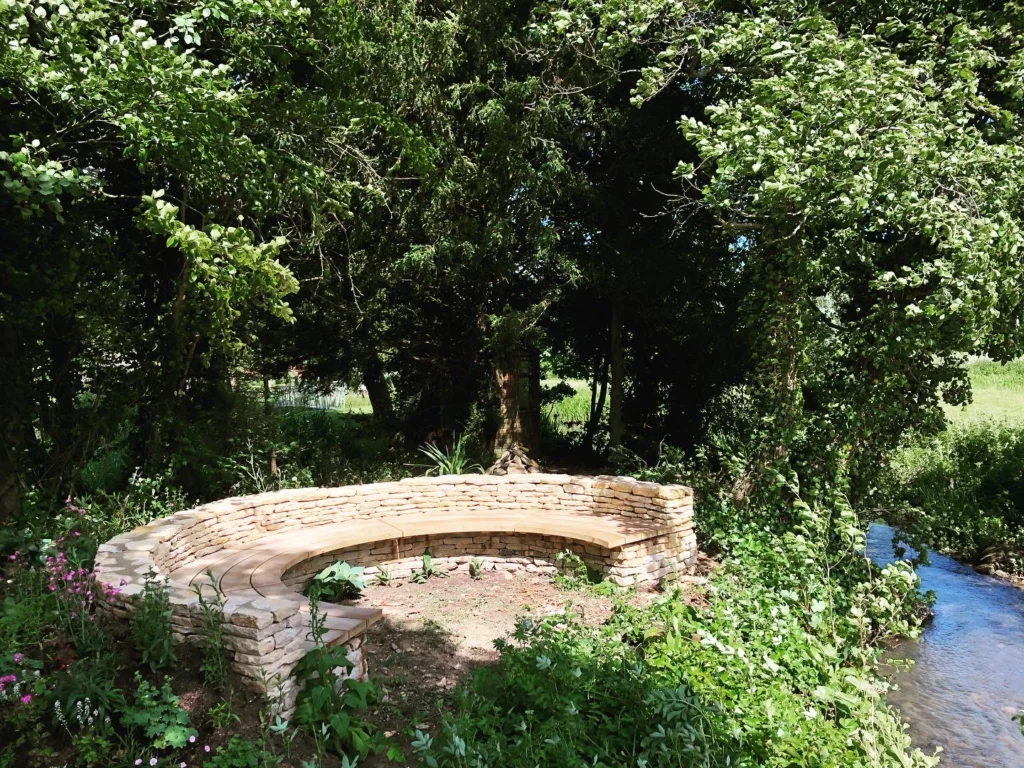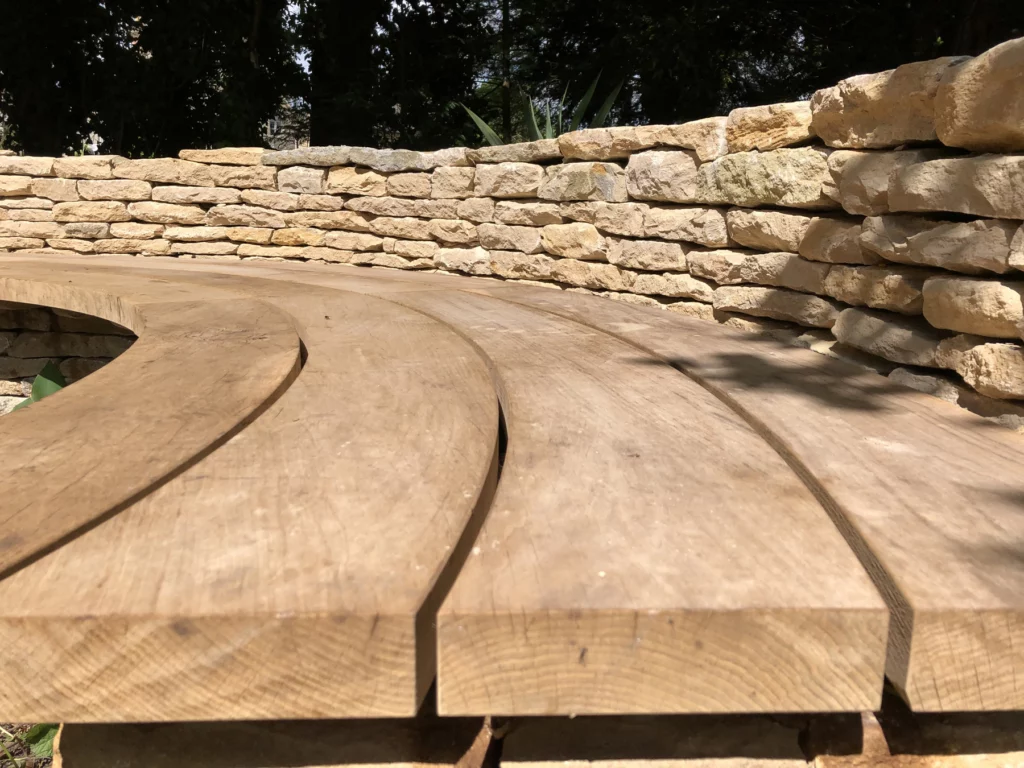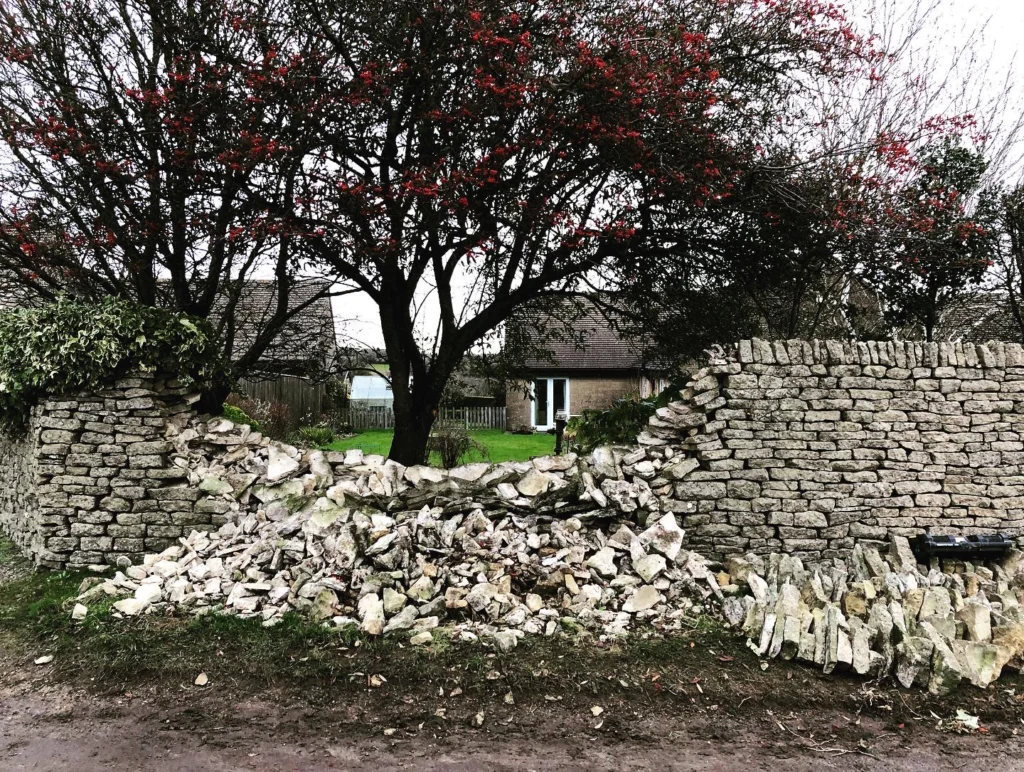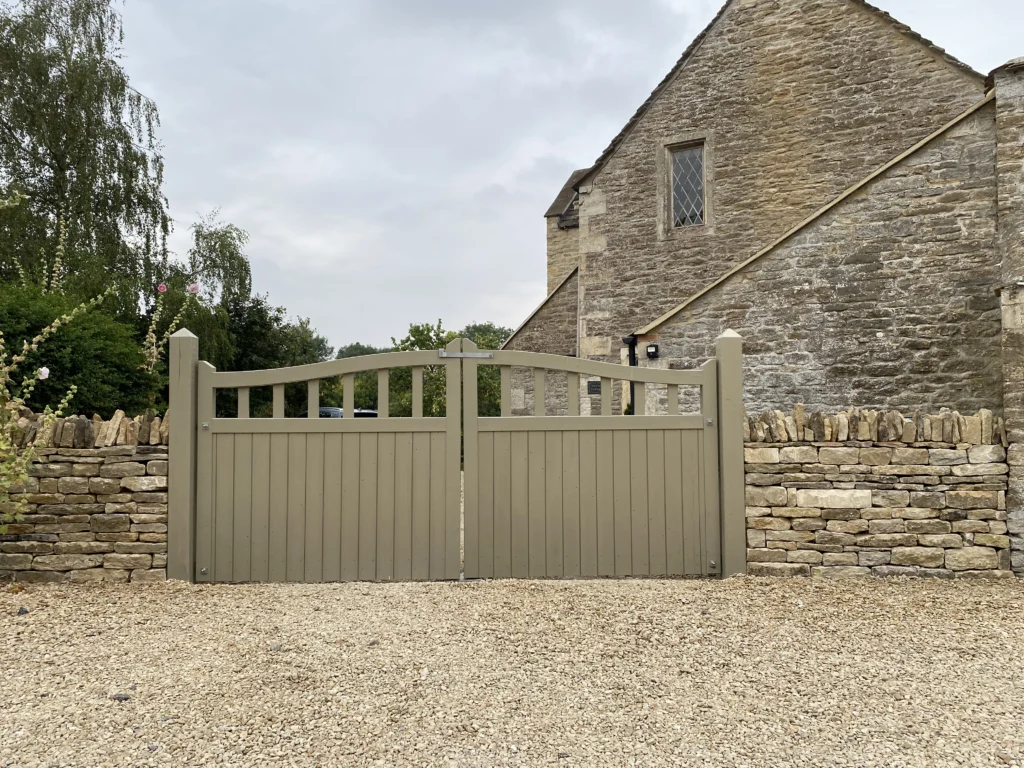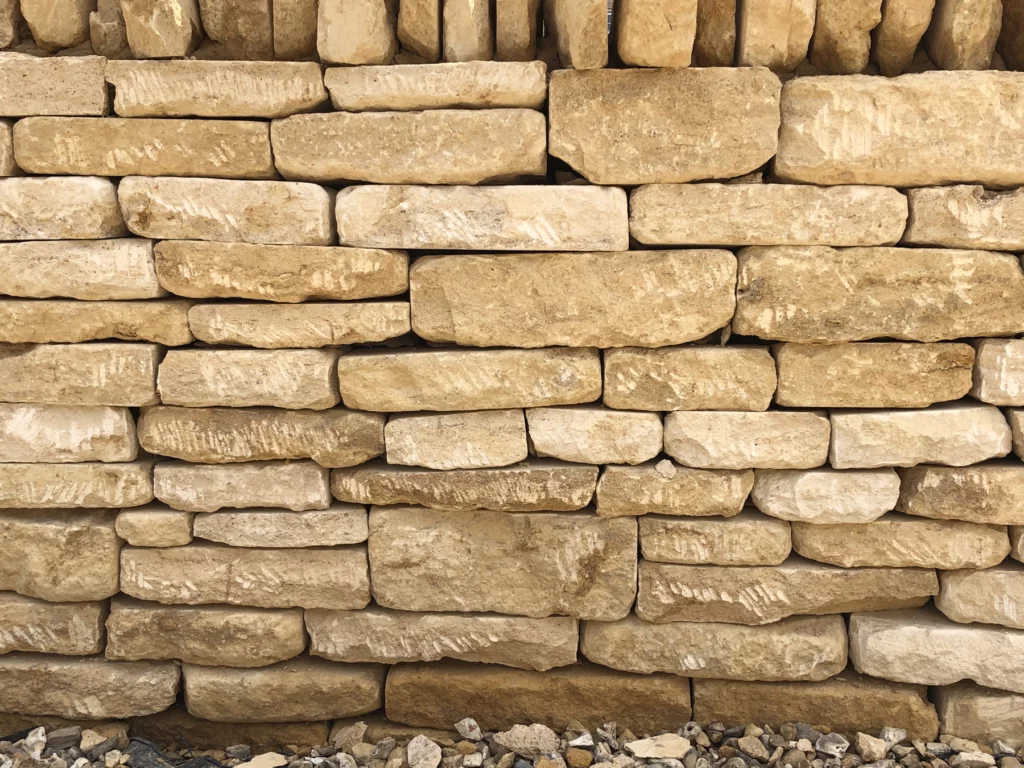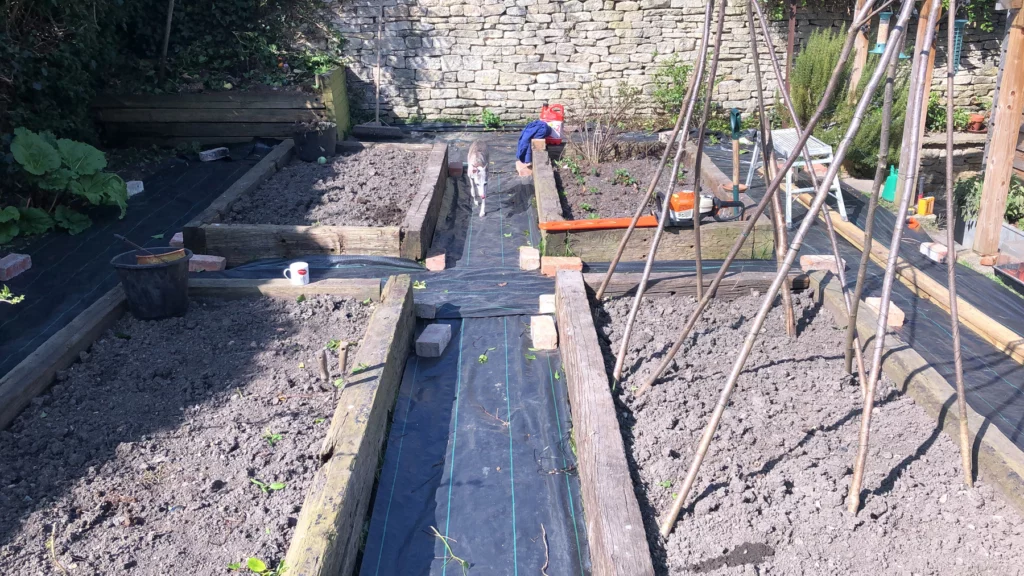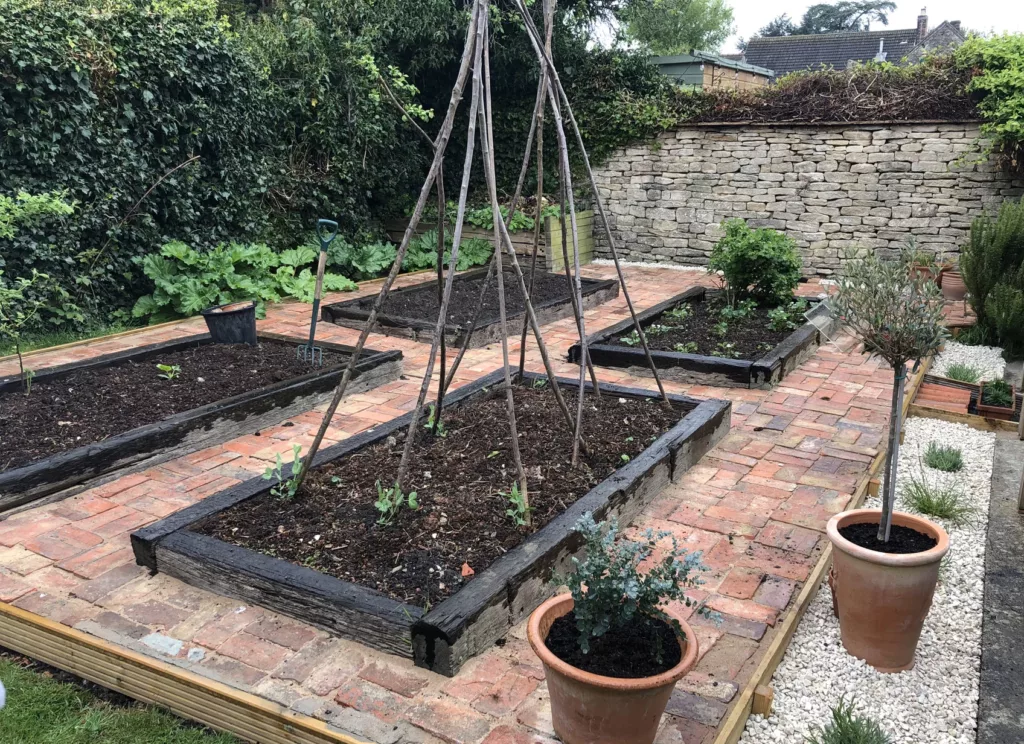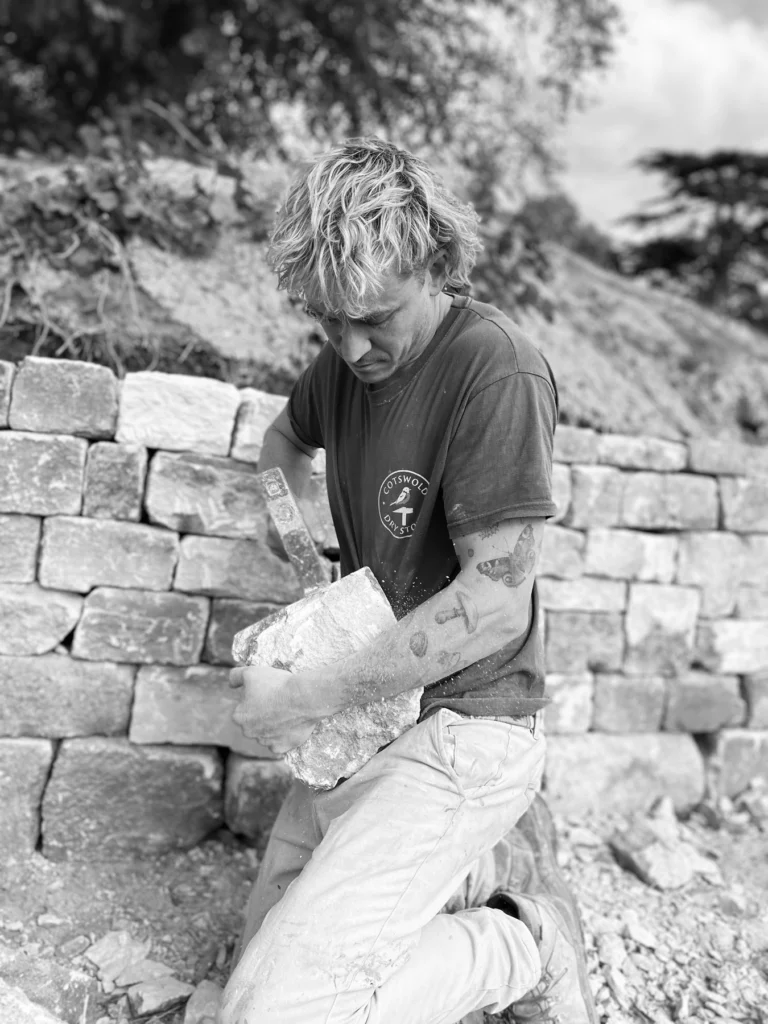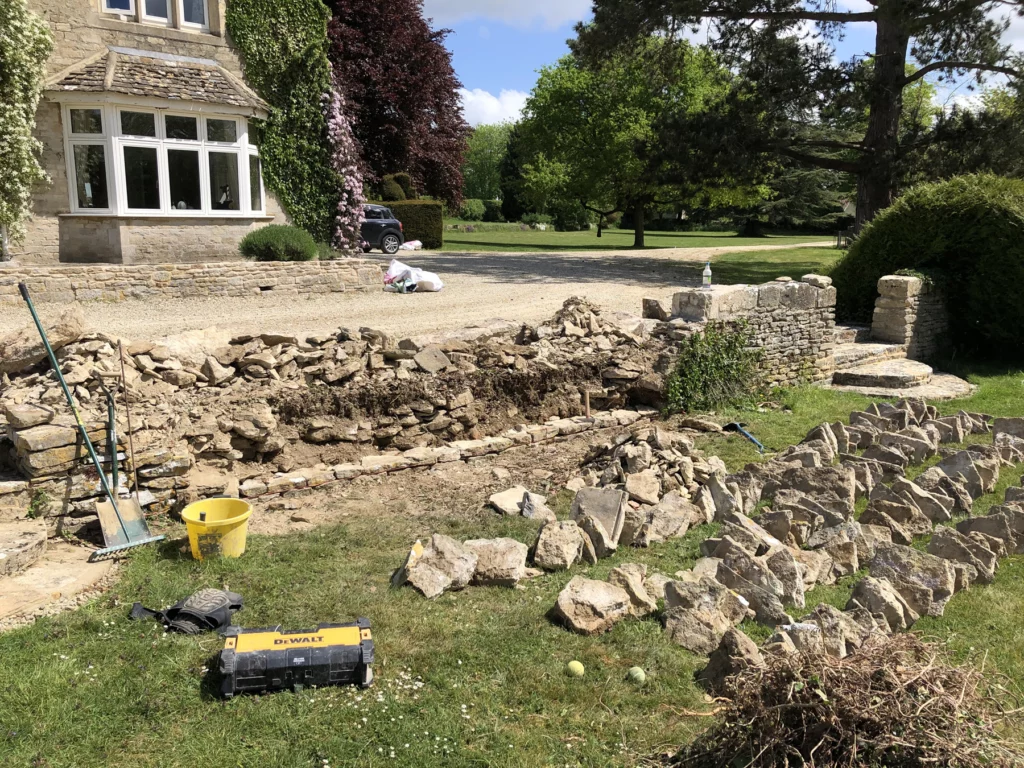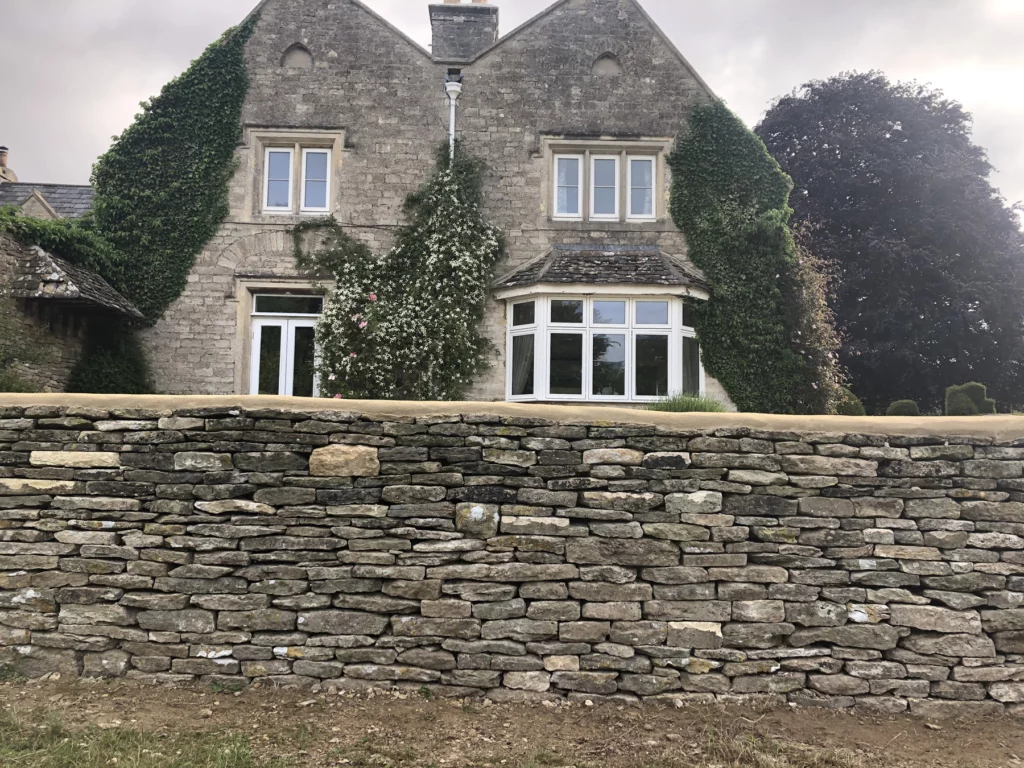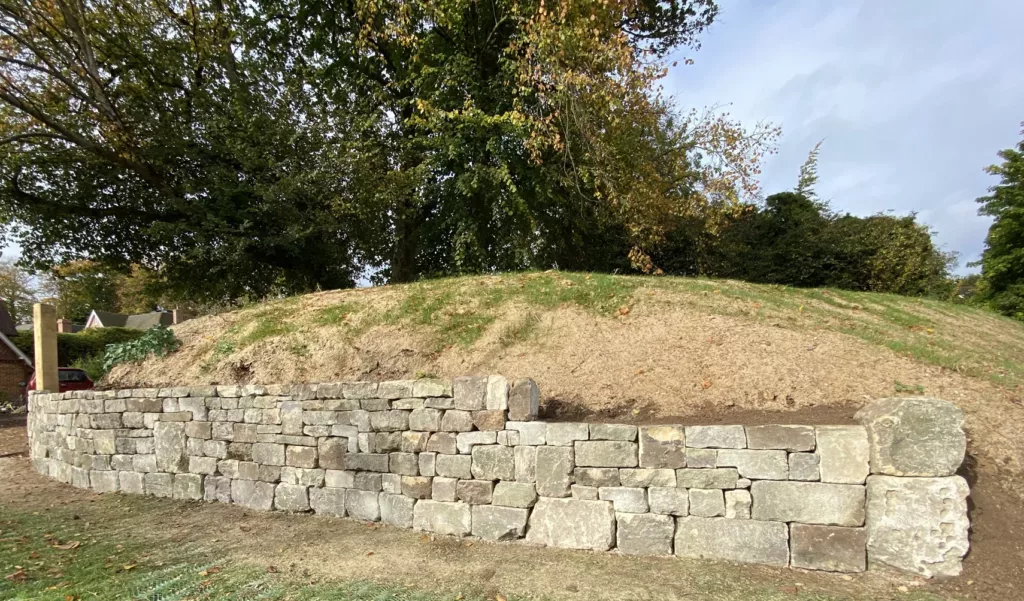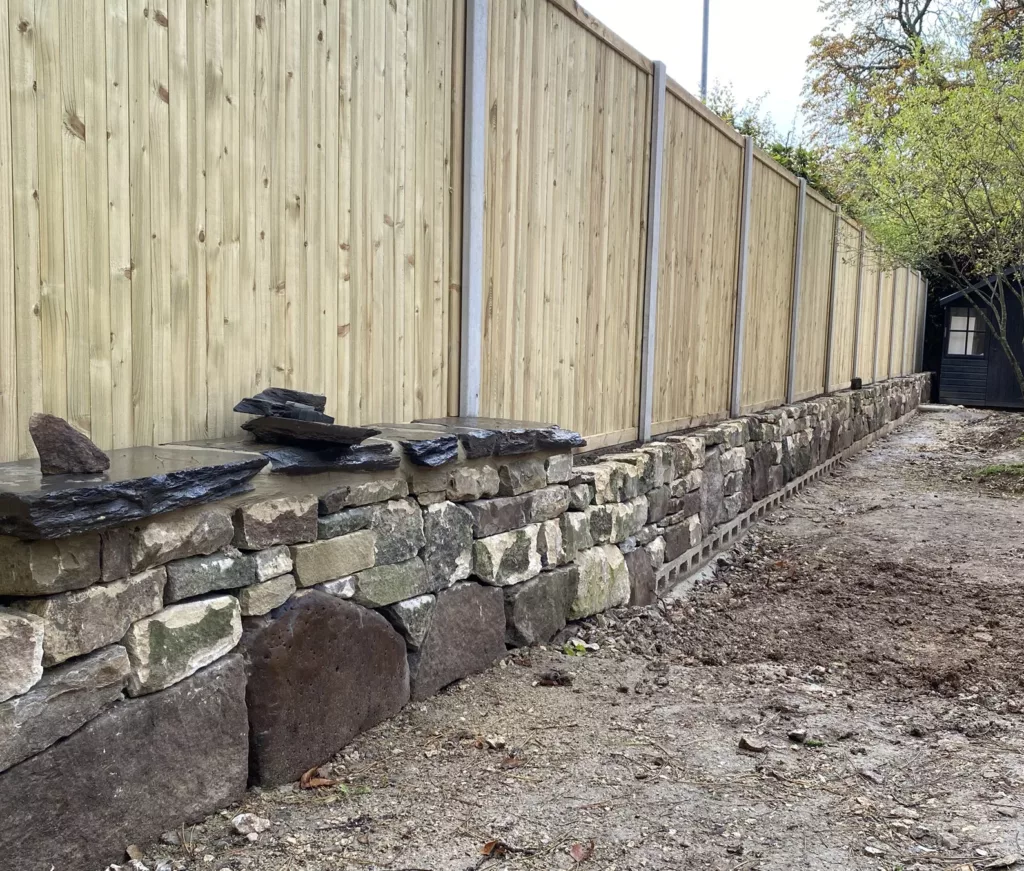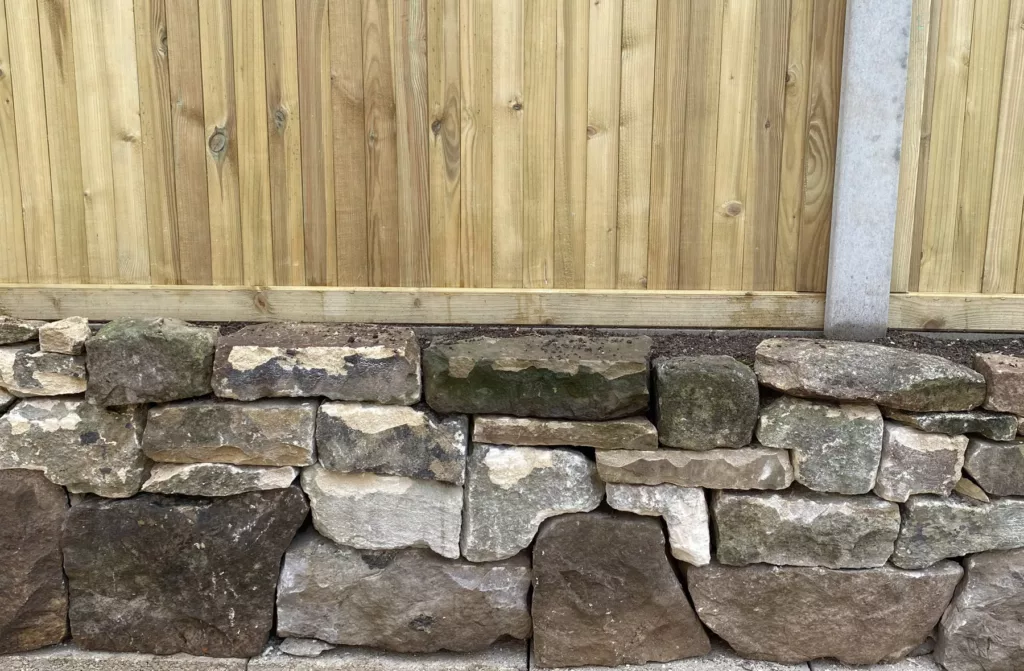Welcome to Cotswold Dry Stone. Joe has a wealth of knowledge and a true passion for traditional dry stone walling and landscaping, whether it’s a completely new seating area with a patio, water feature, walls and steps or just a field wall repair, Joe has all the experience needed to achieve beautiful results with a friendly and helpful attitude to go with it.


Joe Hanlon - Traditional Drystone Walling & Landscaping


We Specialise in
Traditional dry stone walling
We specialise in all aspects of dry stone walling, from simple repairs to circular seating areas and everything in between.
Stone cladding & mortared walls
We offer a full array of mortared services from cladding concrete block or brick walls in Cotswold stone to fully mortared stone walls.
Landscaping & Patios
We have lots of experience with patios and garden features both in stone and timer, we can build beautiful oak pergolas and gazebos as well as stone seating areas and patios.

DRY STONE WALLS & WILDLIFE
Dry stone walls are an attractive feature of the British countryside and are an effective barrier to livestock, but more than this they provide varied habitats and micro-climates for a huge diversity of flora and fauna in the same way as a hedge might.
Britain’s flora and fauna owe much to the traditional dry stone walls that provide varied and valuable habitats for a whole range of wild plants and creatures. In maintaining, or creating, a dry stone wall on your property you can greatly enhance the habitat and increase the wildlife that your garden can support.
Fauna
Dry stone walls are effective windbreaks, protecting livestock, crops and gardens as well as providing shelter for wildlife; often acting as a highway, countless creatures will scurry along the sheltered side of a dry stone wall as it offers them protection from the elements and predators. The numerous nooks and crannies make wonderful sheltered, dry homes and the vegetation that invariably colonises walls adds a further layer of protection. Water can pool offering a drink to thirsty creatures that may be some way from permanent water.
The nooks and crannies that appear in even a well-maintained wall are home to spiders, woodlice, springtails, millipedes, bees and wasps as well as toads, slow worms, voles and field mice. If you are lucky, a shrew or hedgehog may take up residence and a wheatear may adorn your wall with a clutch of pale blue eggs. Robin and redstart and even little owl can also inhabit a dry stone wall.
Where trees are scarce, an upright cope stone acts as a perch or view point, and can form an ideal plucking platform for birds of prey. Bats prefer a stone built “letter box” with a narrow slit immediately beneath the cope of higher walls. Long, gate-free stretches can be improved for wildlife if holes are constructed to allow hares and rabbits to pass through. Building a badger gate can save much expense and many hours of work should these inveterate diggers decide to burrow their own way through and bring a gap crashing down round their ears.
Flora
Dry stone walls are wildlife gardens. Lichens, early signs of life, favour the exposed face, and do particularly well in the pollution-free countryside. In damp and shaded areas feather and cushion mosses, algae and liverworts colonise the stones, creating compost for stonecrop, cranesbill, ivy and ferns to gain a foothold.
In lowland Britain, the wall is often the surrogate natural scree or cliff. Wall pennywort, common in some parts of the west, occasionally colonises walls in eastern Britain. The rusty back fern depends upon them for survival and walls host the polypody, spleenwort, wall rue and many others. Flora escapees from gardens flourish and add finery to crevices and crannies up and down the country; the ivy-leaved toad flax, Oxford ragwort, Mind-Your-Own-Business and many members of the stonecrop and saxifrage (rock breaker) families. In areas where the wall is combined with an earth bank wild flowers and herbs thrive.
Wall maintenence
To some wildlife, semi-dereliction is more attractive than a tightly-built wall since there are more sheltered spaces and more is covered in soil. However such a state is relatively short lived. Once reduced to less than half its height, a walls habitat value is considerably reduced. Walls need to be sympathetically maintained to provide long lasting, varied habitats.
Nearby trees and bushes can push a wall over so keeping new growth controlled is vital. A two feet wide area each side of your wall should be kept free of vigorous shrubs and trees, and any branches near the top of the wall should be lopped; a trim every few years is usually sufficient. Roots from nearby large trees can be bridged to allow peaceful co-existence. New stone is often bare and weathering should be encouraged, this can be done by adding a little soil inside the cavity in the wall or by splattering the face with manure to encourage lichen to grow. Walls made from existing or reclaimed stone should, where possible, be rebuilt with the weathered and lichen covered faces showing.


